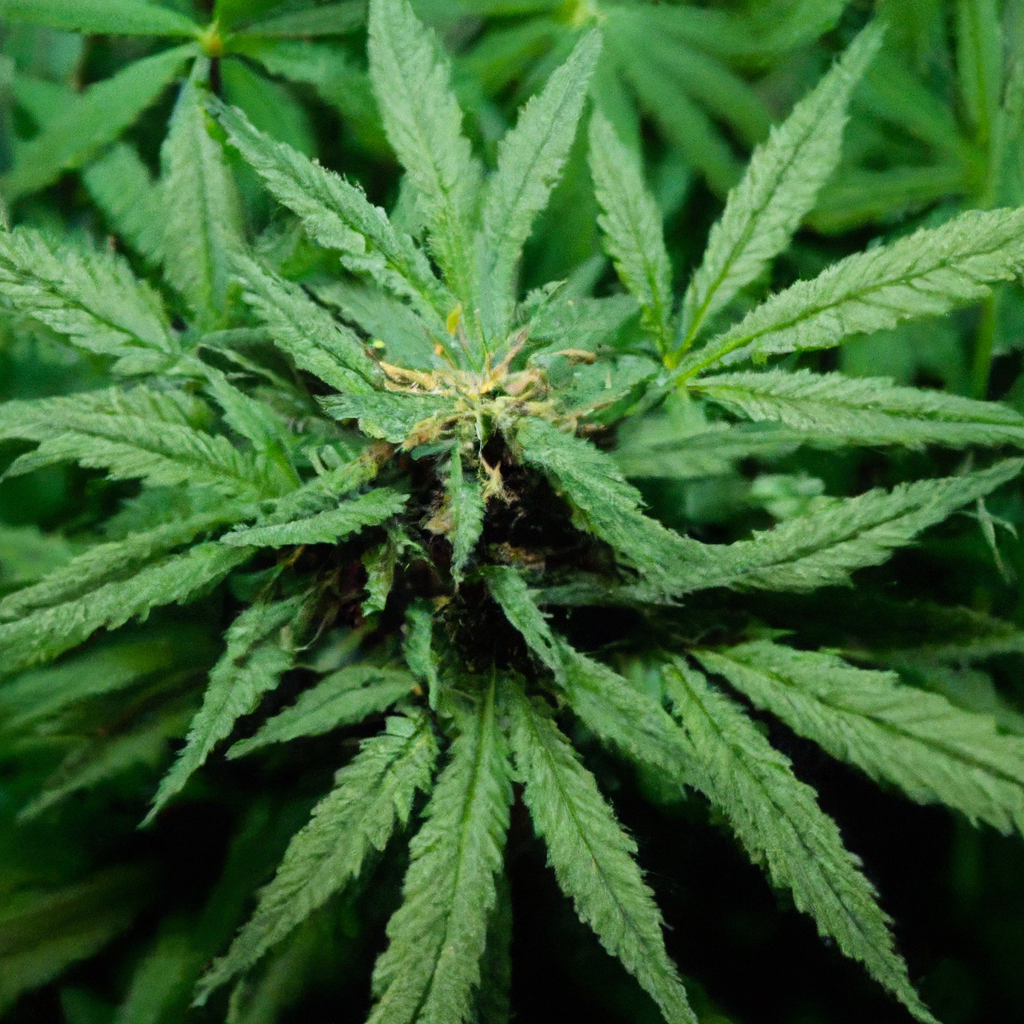By John “Magic” Greenleaf
“Growing greatness, one strain at a time.”
Stress training is an often-overlooked technique that can take your cannabis cultivation from ordinary to extraordinary. While stress might have negative connotations, when applied correctly in cannabis grows, it can significantly boost yield and potency. Join me, John “Magic” Greenleaf, as we explore the fascinating world of stress training and its potential to transform your cannabis garden.
What is Stress Training in Cannabis?
Stress training involves intentionally creating controlled stress conditions to encourage plants to grow stronger and more productive. This technique can improve bud formation, increase light penetration, and ultimately enhance both the quality and quantity of your harvest.
Types of Stress Training Techniques
- Low-Stress Training (LST): This gentle technique involves bending and tying down branches to create a more even canopy. It encourages horizontal growth, allowing better light exposure to lower buds.
- High-Stress Training (HST): Involves topping or supercropping. Topping is cutting the main stem to promote bushier growth, while supercropping involves pinching and breaking stems to boost strength and yield.
How to Successfully Implement Stress Training
- Start Slowly: Introduce stress techniques gradually to allow plants to adapt. Monitor them closely for any signs of distress.
- Choose the Right Stage: Begin with LST in the vegetative phase and transition to HST techniques before flowering. This timing optimizes recovery and growth.
- Monitor Plant Response: Adjust techniques based on how your plants respond. Healthy plants will exhibit fuller growth and enhanced budding.
Benefits of Stress Training
Stress training not only enhances yield but also strengthens plant resilience against environmental challenges. This technique is perfect for growers in high-altitude areas like Colorado, where environmental conditions can be fickle and demanding.
Additionally, stress training can help maximize efficiency in small grow spaces by encouraging plants to grow laterally, making better use of available light.
Tags: High-Yield Optimization, Environmental Control, Advanced Genetics


Leave a Reply